Do you want this case study in pdf?
Download it in English🇬🇧 and Spanish🇪🇸 directly to your inbox.
Download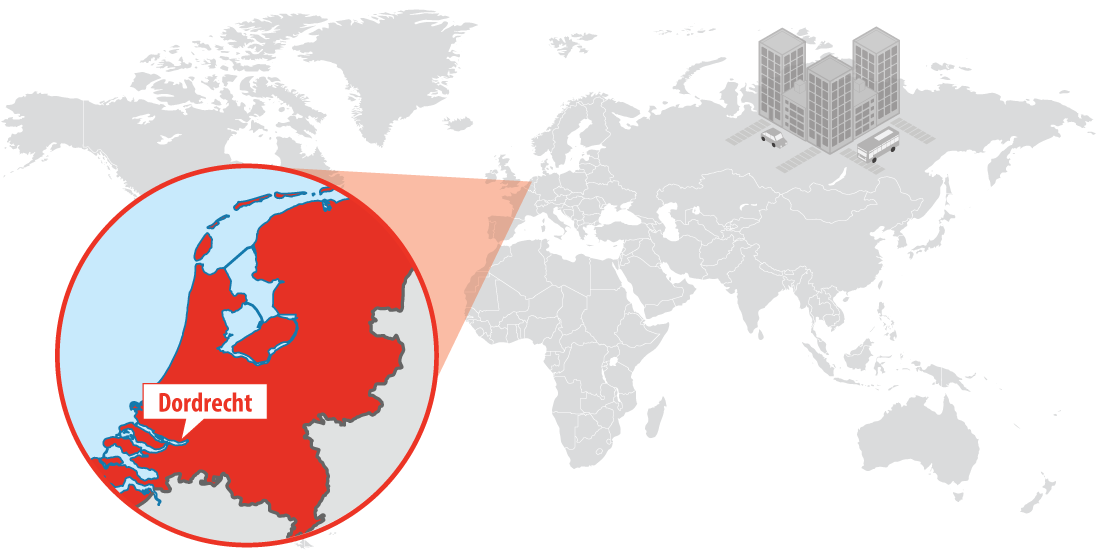
Map of Dordrecht
Dimitris Kyritsis, Surveying & Geomatics Engineer from TU Delft, has developed a research project in the city of Dordrecht (The Netherlands) to get his MSc Thesis. Eight IoT Gateways Meshlium have been placed in the cross sections of several streets to monitor pedestrians, bicyclists and vehicles. This research has been carried out for a period of one month, between the middle of September 2016 until the middle of October 2016, in order to detect the road modality and occupancy patterns as a way to enhance the urban planning in the Dutch city.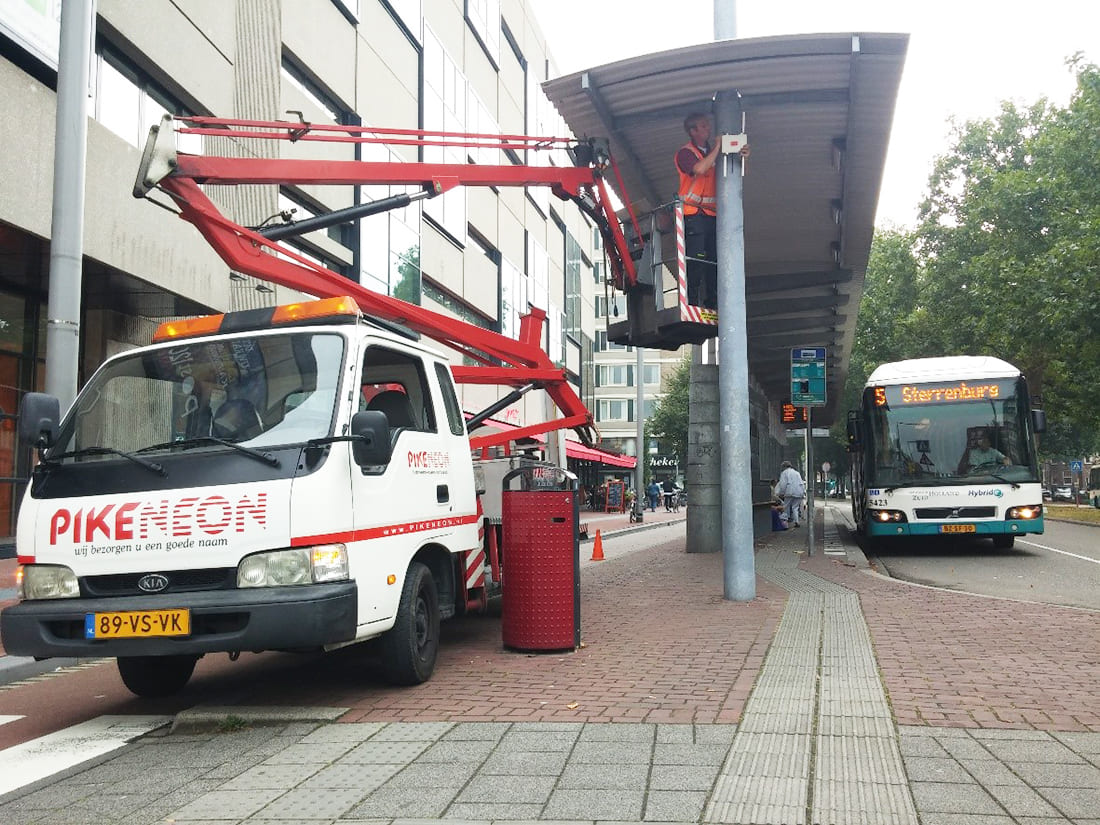
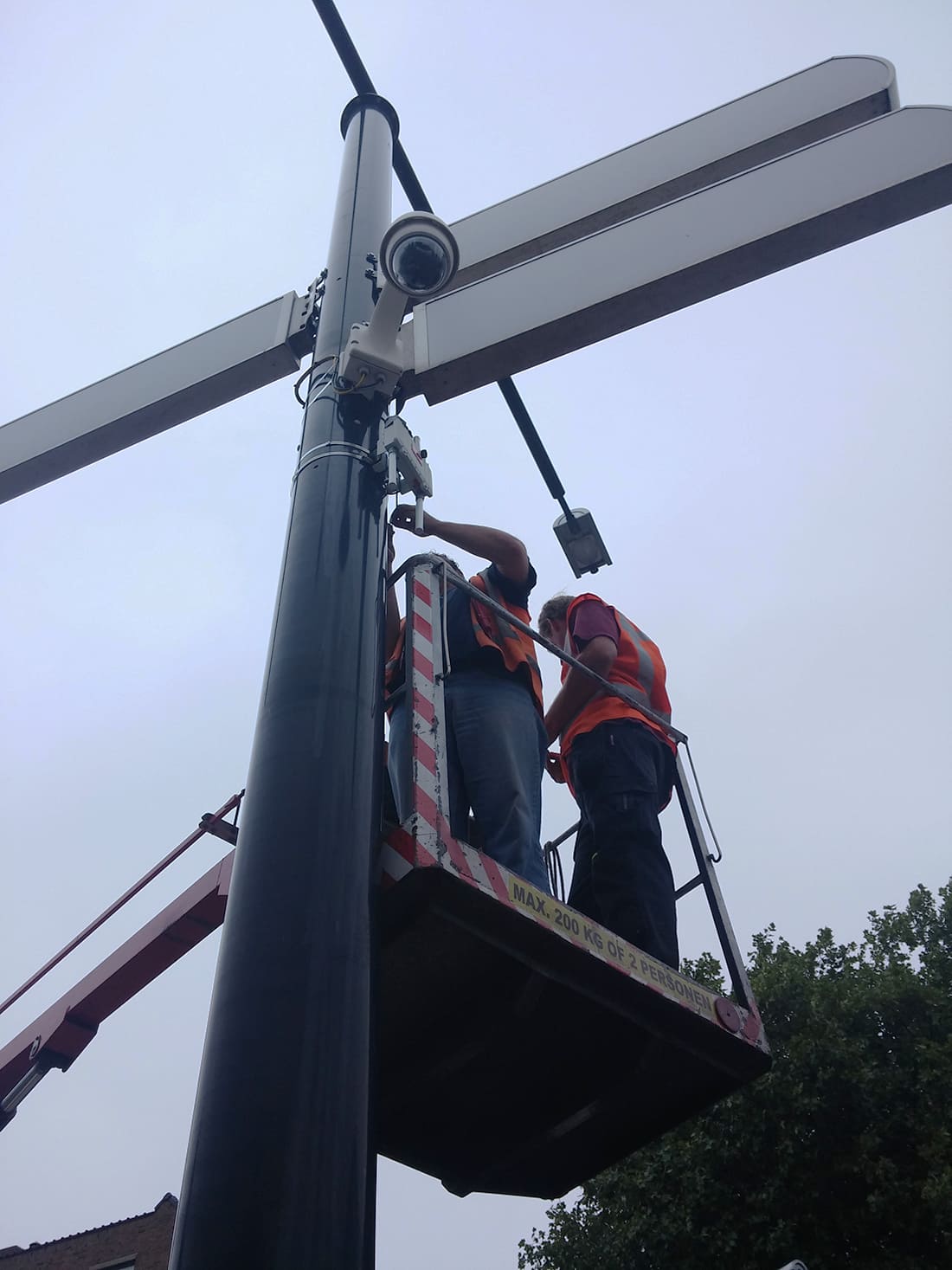
Several technicians installing the Meshlium Scanners
Moreover, it is next to the central station, which comprises the basic means of transport to and from nearby cities like Rotterdam. Dordrecht is mainly a residential area so there are significant changes in the movement flows and occupancy patterns during the day when citizens go to and return from their jobs.
Diagram of the deployment in Dordrecht
Meshlium detects the MAC address of smartphones, hands free and cars by scanning WiFi signals. The IoT Gateways have been synchronized by the use of an external digital device (digital clock). Data was downloaded periodically by the use of a laptop through Wi-Fi connection to the local database of each sensor in order to avoid overloading problems.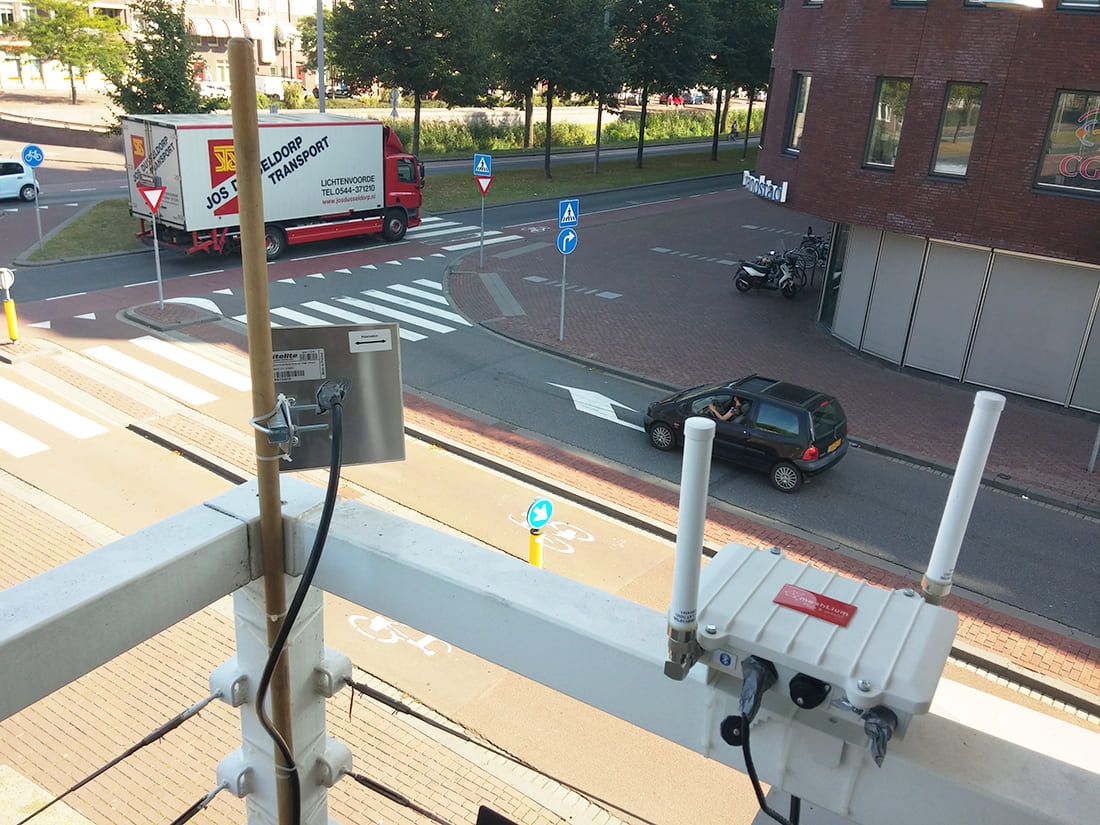
Meshlium Scanner installed in a cross section of Dordrecht’ss streets
“The relevant employees of the Municipality of Dordrecht were totally satisfied with the abilities of the system and the information that it can provide to be used for various purposes such as pre and post processing tool of urban development planning, traffic monitoring system, crowd control, facility usage as well as marketing purposes”, states Dimitris Kyritsis, Surveying & Geomatics Engineer from TU Delft. For the collection of data, the Meshlium Manager System of Libelium has been used to access to the local database of each sensor and download the stored data. Postgres has been the basic tool for the data storage. Afterward, SQL queries and python script have been used for the analysis part while QGIS has allowed the visualization of the results with flow and density maps.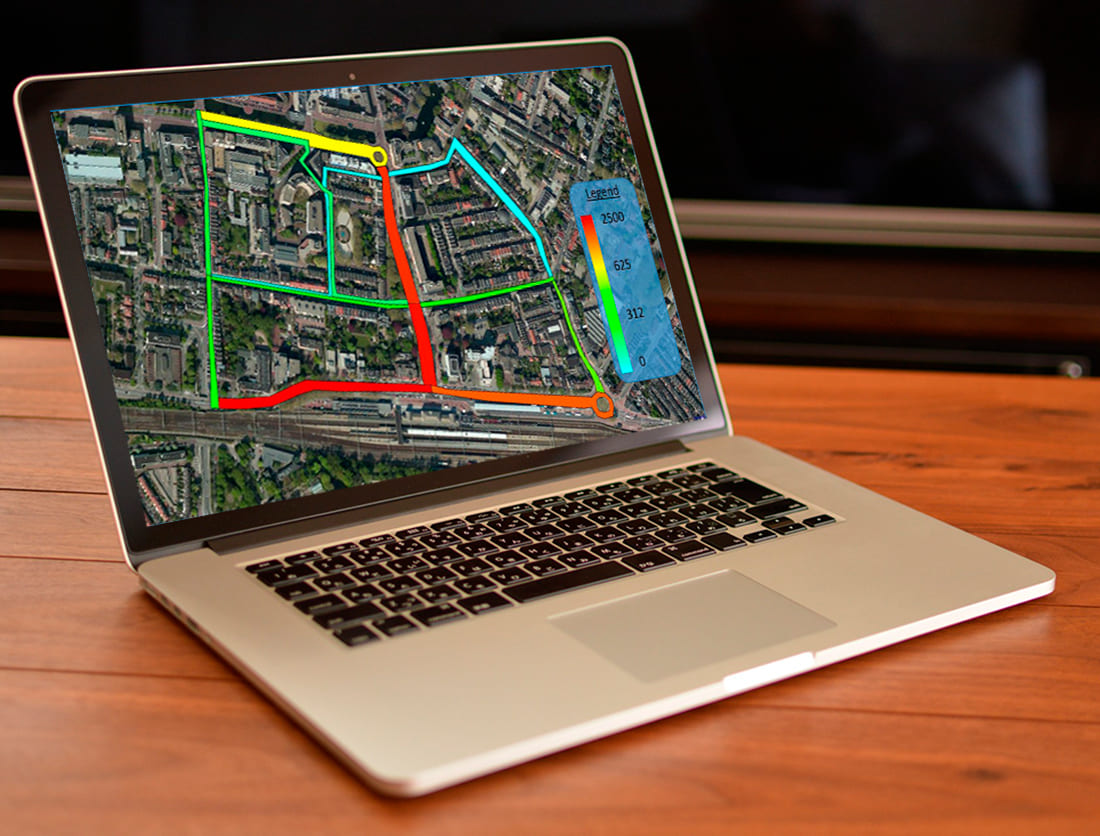
QGIS platform has been the main tool to visualize the outcomes of the data analysis
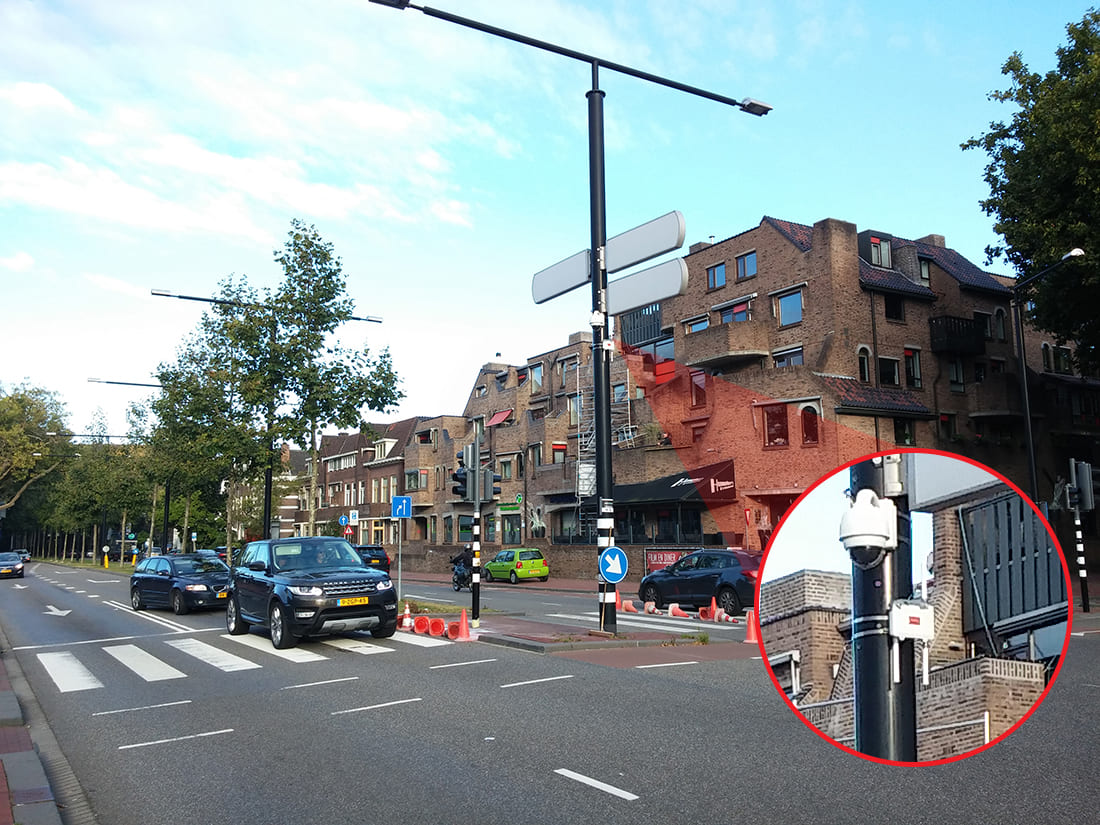
A Meshlium IoT Gateway installed in a streetlight
The movement behaviors of users have been researched and similarities between them as well as the most frequent patterns have been identified. Rush hours, recession periods and movement trends have been recognized for the different days of the week as well as the occupancy relationship between the research area and its surroundings. Before this research, there was no preliminary information about road modality and occupancy patterns in Dordrecht. The outcome of this research has been very useful for public authorities to work on the urban planning in the area based on the information from the IoT Gateways and the data analysis.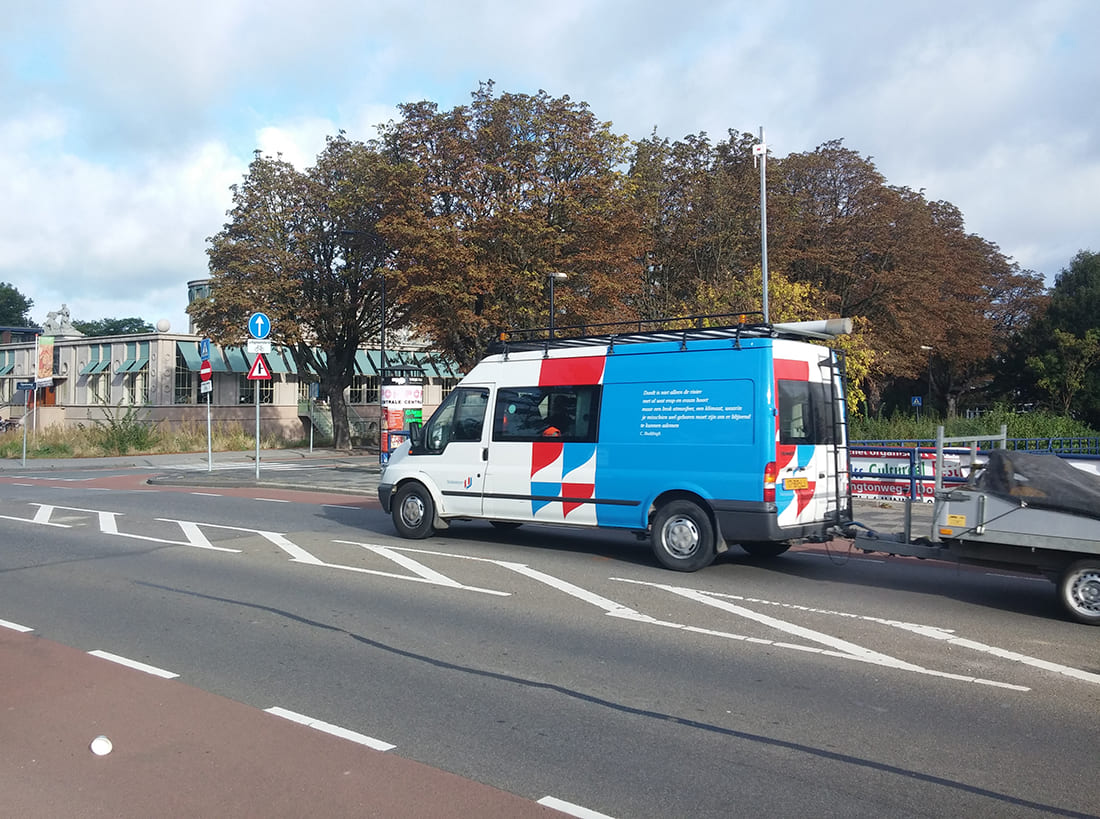
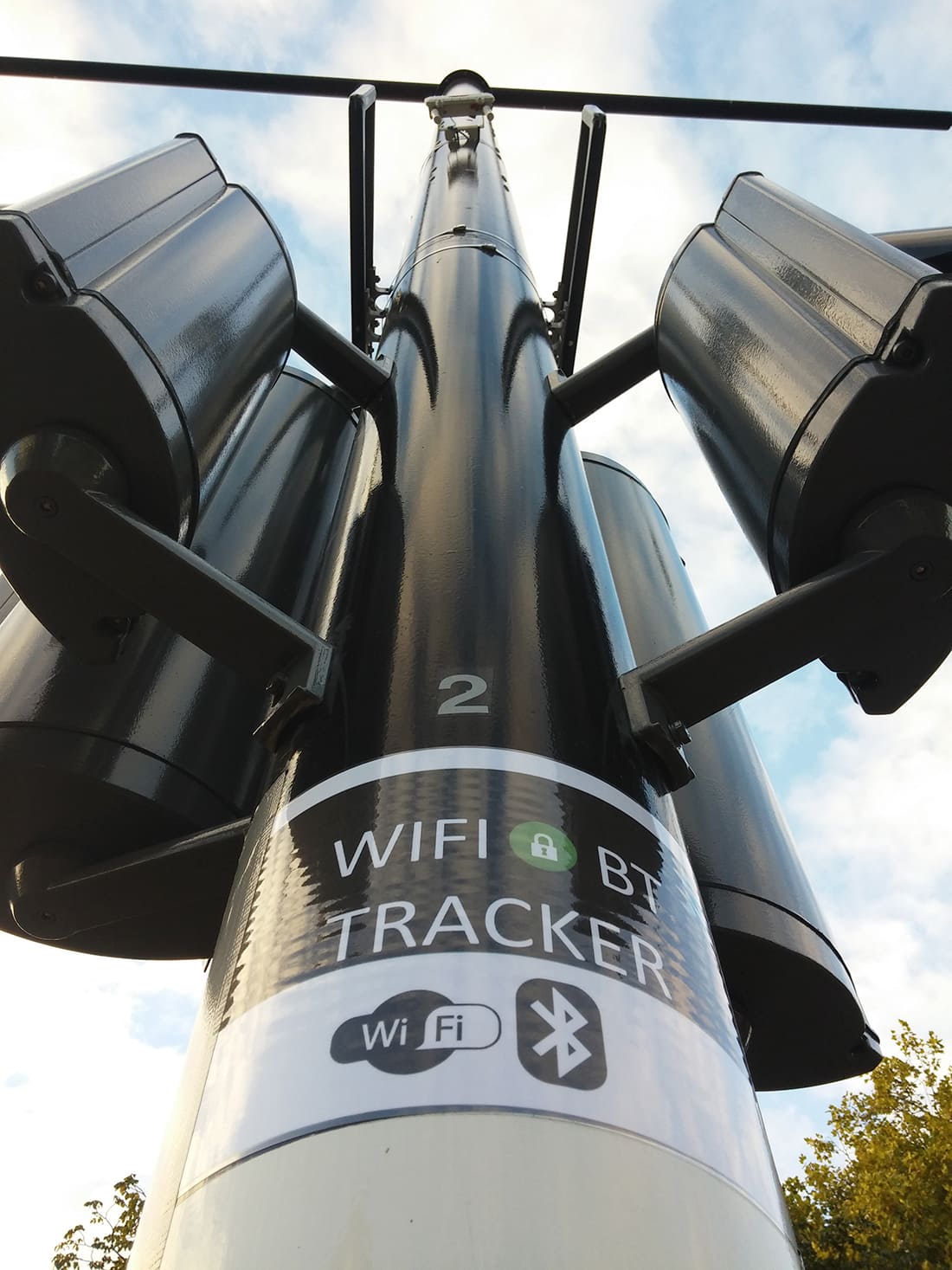
IoT Gateways Meshlium installed in the streets of Dordrecht
“The ability of Wi-Fi sensors to act as Wi-Fi routers is directly related to the willingness of the Municipality of Dordrecht to set up a free WLAN network, while a possible future re-application of this system could be used to evaluate changes and their effect as a post-processing tool of the urban planning of the area”, argues Dimitris Kyritsis, Surveying & Geomatics Engineer from TU Delft. For more information about our products contact the Libelium Sales Department. If you want to download the article in Spanish, please click here.More info:
References:
Download it in English🇬🇧 and Spanish🇪🇸 directly to your inbox.
Download*TERMS AND CONDITIONS TO USE LIBELIUM CONTENT. Libelium is the owner of all images provided on the website and it can only be used quoting the source. Any video, photograph, diagram, infographic or logo cannot be used or transformed without Libelium authorization. You can request the files in high resolution to publish on your website or to insert in marketing flyers always using Libelium logo and linking with Libelium website. If you are going to publish the article in a website or media or in a white paper or research study, it must be done including all the references and mentioning Libelium as the source of the content. © Libelium Comunicaciones Distribuidas S.L. – www.libelium.com
Stay up to date in IoT!
Sign up to our newsletter and receive the latest, exciting news.
More than 18 years of experience in IoT support us.


















© Libelium Comunicaciones Distribuidas S.L. | Terms And Conditions | Privacy Policy | Cookies Policy | Security Policy | Reporting Channel